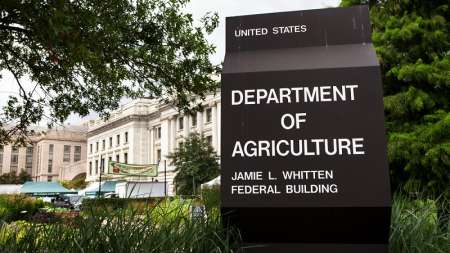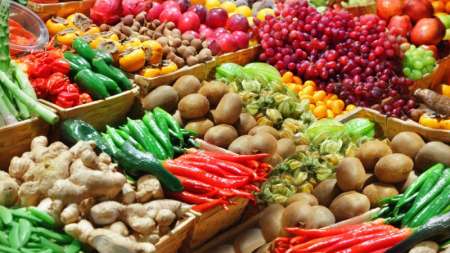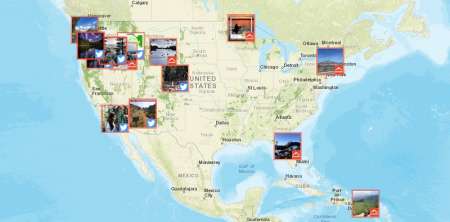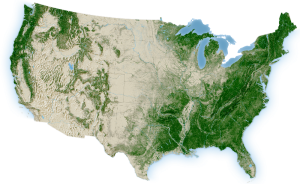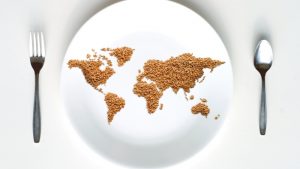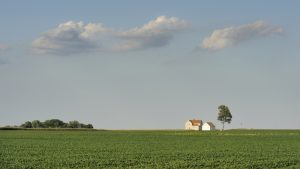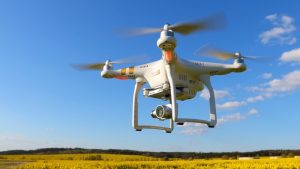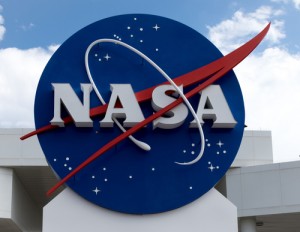Federal agencies might not meet the Office of Management and Budget’s (OMB) data center closure goals, according to a new Government Accountability Office (GAO) report. Based on current projections, only 7,221 of the 12,062 data centers that agencies reported in August 2017 will be closed by September of this year. […]
On the heels of naming Suzette Kent as the new Federal CIO, Agriculture announced that acting CIO, Gary Washington will become the permanent CIO. Washington has served in acting capacity since September of 2017. […]
Usually agencies want to speak highly of their IT operating systems, so to hear Deputy Secretary of the United States Department of Agriculture (USDA) Steve Censky call the USDA operating model “splintered and out of date” on Dec. 14 was a bit of a shock. […]
Hundreds of people have submitted feedback regarding the U.S. Department of Agriculture’s redesigned website since its March 6 launch, according to Peter Rhee, the agency’s director of Digital Communications. […]
The U.S. Forest Service’s Visitor Map 2.0, an open data platform informing people what services national forests have to offer, received 22,000 unique page views during the month of February. […]
Gregory Reams, leader of the U.S. Forest Service’s Forest Inventory and Analysis program, said that the open data sets his office makes available are unlikely to suffer the same fate as the animal welfare documents that disappeared from the Department of Agriculture website. “It’s been supported for 80 years and used by a wide constituency,” Reams said at Esri’s FedGIS conference. […]
Federal chief financial officers want to have access to data analytics tools during the next administration, according to a survey from the Association of Government Accountants and Grant Thornton. […]
The United States Department of Agriculture (USDA) released its annual Technology Transfer Report on Nov. 22, revealing the new inventions researchers, universities, and small businesses created in the past year. […]
The U.S. Department of Agriculture’s National Institute of Food and Agriculture and the National Science Foundation announced the winners of the first Innovations in Food and Agricultural Science and Technology prize competition on Nov. 1. […]
Federal agencies have increased the amount of money they spend on outdated IT systems, according to a study from the International Data Corporation. […]
The White House announced the creation of 29 tools Thursday that use Federal and local data to address problems identified by Federal agencies as part of the Opportunity Project, an open data effort to improve economic mobility for all Americans. […]
With information from the Department of Agriculture’s new database, a person walking through the grocery store can use their phone to look up how many calories are in their cart. Tom Vilsack, Secretary of Agriculture, announced the Branded Food Products Database, an open data partnership. […]
The Department of State is supporting open data initiatives to work to end world hunger, such as Feed the Future and Project 8. […]
The interconnectedness of the energy sector presents both increased challenges and potential, according to panelists at an Institute for Critical Infrastructure Technology briefing. “The energy sector is clearly the backbone of all 16 critical infrastructures,” said Jay Williams of Parsons. […]
Unisys announced a $232 million award from the U.S. Department of Agriculture for cloud and application modernization services. Unisys will support USDA’s Rural Development Comprehensive Loan Program. […]
Worldwide, 800 million people suffer from starvation every day, according to a blog post from the U. S. Department of Agriculture website. With the Global Open Data for Agriculture and Nutrition Summit, USDA plans to address this problem. […]
The U.S. Department of Agriculture received a C grade on its Federal Information Technology Acquisition Reform Act scorecard, which was released in May. Flip Anderson, acting executive director of FITARA for USDA, was so frustrated with the FITARA grading system that he created his own scorecard to gauge how closely the USDA complies with the act’s mandates. […]
The U.S. Forest Service used a Cessna 205 aircraft to discover that 26 million trees have died in California since October 2015. Instead of relying on satellite images or unmanned aerial vehicles, popular devices in today’s agriculture, the Regional Aerial Survey Program uses a more old-fashioned method of collecting data. […]
Farmers are concerned about some aspects of the Federal Aviation Administration’s recent regulations regarding unmanned aerial vehicles. Robert Blair, vice president of agriculture for Measure, one of the nation’s leading drone operators, specifically addressed the regulation that states a UAV operator must fly his or her drone within a line of sight. […]
If you are wondering what it’s going to take to get your agency in line with the Federal Information Technology Acquisition Reform Act, known as FITARA, look no further. Joyce Hunter, the deputy chief information officer for policy and planning at the Department of Agriculture, has been there and has done that. […]
The Agriculture Department’s Flip Anderson is the only known agency-level FITARA director–an indicator of both the level of importance USDA has assigned to the new law and the resources necessary to manage the Federal Information Technology Acquisition Reform Act compliance correctly. […]
The U.S. Department of Agriculture’s Natural Resources Conservation Service has collaborated with the University of Montana and other organizations to use Google Earth Engine to create an interactive, online map tool that integrates layers of data to identify and pinpoint elusive species damaging western habitats. […]
Federal employees have greater job satisfaction for the first time in four years, and the National Aeronautics and Space Administration remained the top Federal agency to work at, according to the Partnership for Public Service’s 2015 Best Places to Work in the Federal Government. The Partnership released the study Tuesday. The study, the Partnership’s 10th […]

